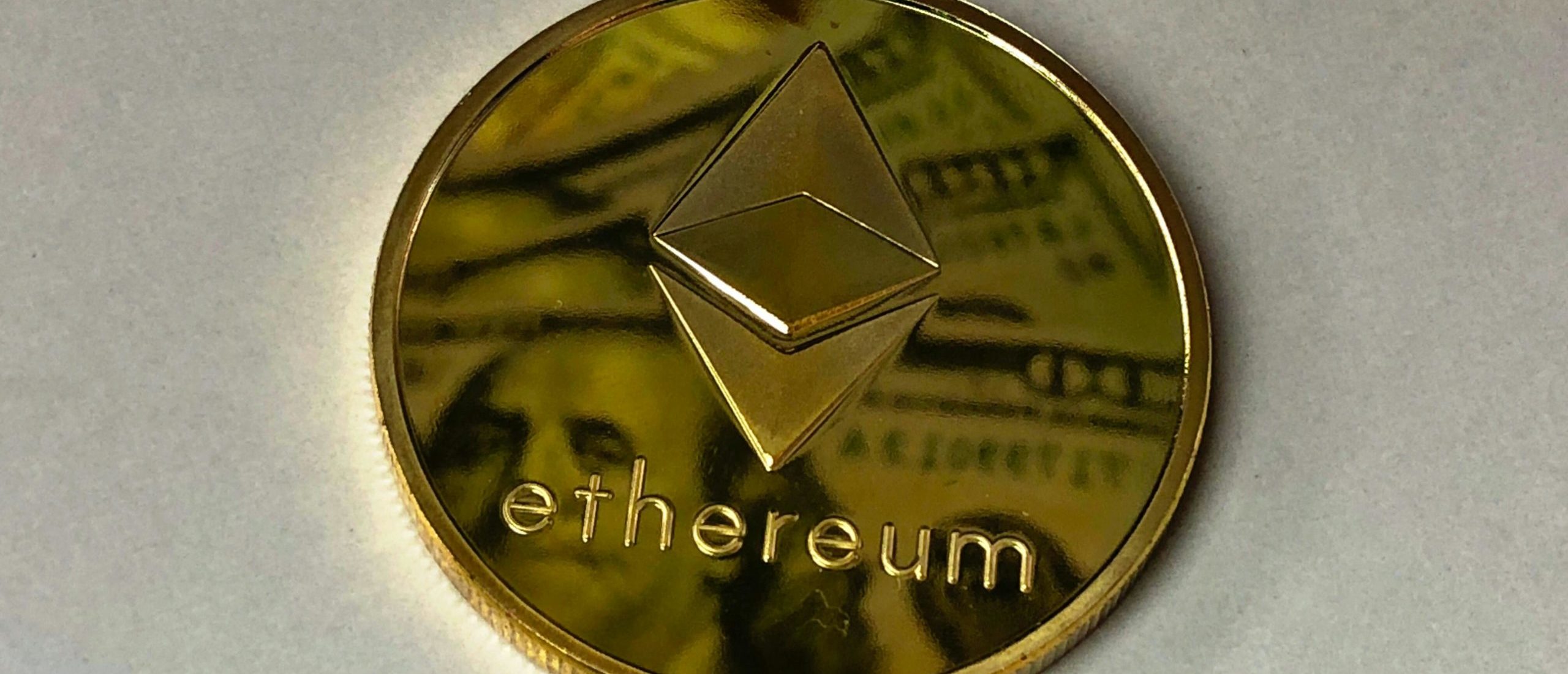Introduction
Launched in 2015, Ethereum has grown to be the second-largest cryptocurrency, trailing only behind Bitcoin. This decentralized blockchain platform empowers developers to create and execute smart contracts and decentralized applications (dApps), fueling its rapid rise. As Ethereum garners increasing attention, understanding the volatile price trends that influence its market value becomes essential.
Market Sentiment
Market sentiment plays a pivotal role in determining Ethereum’s price fluctuations. Significant market events, such as the cryptocurrency crash in 2021, can severely impact investor confidence across the board. As Ethereum stands out for its accessibility and diverse functionality, the collective mood surrounding cryptocurrencies can dramatically sway its value.
Ethereum Network Upgrades
Technological advancements within the Ethereum network, particularly the Ethereum 2.0 upgrade, serve as crucial catalysts for price changes. This upgrade not only enhances blockchain performance but also improves energy efficiency through staking, making it more appealing for long-term investors and increasing adoption potential.
Adoption Rates
The growing application of Ethereum in Decentralized Finance (DeFi), Non-Fungible Tokens (NFTs), and dApps is a major force that shapes its valuation. As public exposure to cryptocurrencies expands and users increasingly adopt digital assets as alternative currencies, Ethereum’s market price reflects this rising engagement.
Macroeconomic Factors
Beyond market sentiment and network upgrades, broader economic conditions including inflation rates, global financial trends, and government taxation policies also have significant impacts on Ethereum’s price. The combined influence of these factors underscores the interconnected nature of cryptocurrency markets and traditional economic indicators.
Comparison to Other Cryptocurrencies
Ethereum remains a leading alternative to Bitcoin, recognized for its robust suite of financial services and smart contract capabilities. Competing with a diverse array of cryptocurrencies, such as Tether, Binance Coin, and Solana, Ethereum’s technological enhancements give it a competitive edge, though it is crucial to stay informed of the evolving crypto landscape.
Key Takeaways
- Market sentiment dramatically affects Ethereum’s price trends.
- Upgrades like Ethereum 2.0 enhance functionality and investor interest.
- Increased adoption rates in various applications influence value stability.
- Macroeconomic factors intertwine with cryptocurrency valuations.
- Ethereum stands out among other cryptocurrencies for its unique features.

